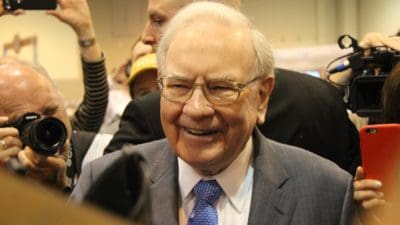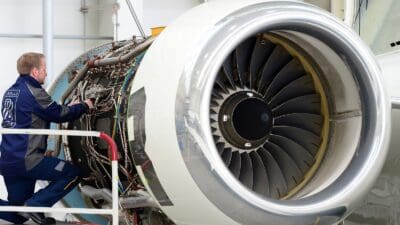Researching investments is full of potential pitfalls that can trip up the unwary. Right now, I’m seeing three basic mistakes being made by some investors looking at International Consolidated Airlines (LSE: IAG), Taylor Wimpey (LSE: TW) and Quindell (LSE: QPP).
International Consolidated Airlines
International Consolidated Airlines — formed by the 2011 merger of British Airways and Spanish flag carrier Iberia — has really come on to the radar in a big way over the past six months or so, as its shares have soared 70% on the back of the falling price of oil.
Perhaps because of the British Airways factor, I’m seeing some investors falling into the trap of calculating the price-to-earnings (P/E) ratio on a mistaken assumption that International Consolidated Airlines reports its earnings (and analysts their forecasts) in sterling. In fact, the currency is the euro.
The P/E works out as hugely attractive under the sterling error: just 8.7 for 2015 at a current share price of 543p. Correctly calculated, though, the P/E is 11.7. Now, you may feel 11.7 is still appealing, but don’t fall into the trap of thinking you’re buying at a real bargain-basement price.
Taylor Wimpey
I’ve noticed Taylor Wimpey being touted by some investors as a great GARP share (growth at a reasonable price), on the basis of its low PEG score (P/E divided by earnings growth).
Taylor Wimpey has punched earnings growth of 119% and 46% for the last two years, with 60% and 33% forecast for 2014 and 2015, respectively. The forecast P/E for 2015 is 9.6 at a current share price of 137p, giving a PEG of just 0.3 — well on the ‘reasonable’ side of the ‘fair value’ score of 1.
However, there’s a lot more to successful GARP investing than lumping money on any old company with earnings growth higher than its P/E (PEG below 1). GARP is all about identifying companies with strong but sustainable earnings growth. Typically, this means companies that can nail growth of around 15% to 30% year in, year out.
Taylor Wimpey’s current growth is unsustainable. Indeed, the boom-and-bust characteristics of highly cyclical stocks, such as housebuilders, could be said to be the very antithesis of the ‘goldilocks’ features of great GARP shares. Taylor Wimpey may, or may not, be an attractive investment right now, but thinking of it as a GARP stock could end in tears.
Quindell
Unloved companies on bombed out single-digit P/Es naturally attract the attention of contrarian value investors. But there’s such a thing as a P/E that’s too low. Insurance technology firm Quindell trades on a P/E of 1.4 at a current share price of 75p, and was below 1 for much of December. Such companies often go to the wall, and a super-low P/E is a massive warning sign that you need to look further than earnings.
In the case of Quindell, you don’t have to look far. Earnings aren’t backed by hard cash flow, and the company has missed its Q4 cash inflow guidance by a country mile. PwC has been called in to review Quindell’s accounting policies and cash flow projections — among other things.
If, as I believe, investing is about owning a stake in a business and enjoying your share of its future cash flows — and not about gambling on selling a bit of paper to a greater fool at a higher price — you need to know the intrinsic value of the business you’re investing in.
Right now that’s nigh on impossible with Quindell. The current cash levels are unknown, the company has little in the way of hard assets (such as property), and the balance sheet is stuffed with intangibles and under-review uninvoiced income. As such, in my view, Quindell is uninvestable.






